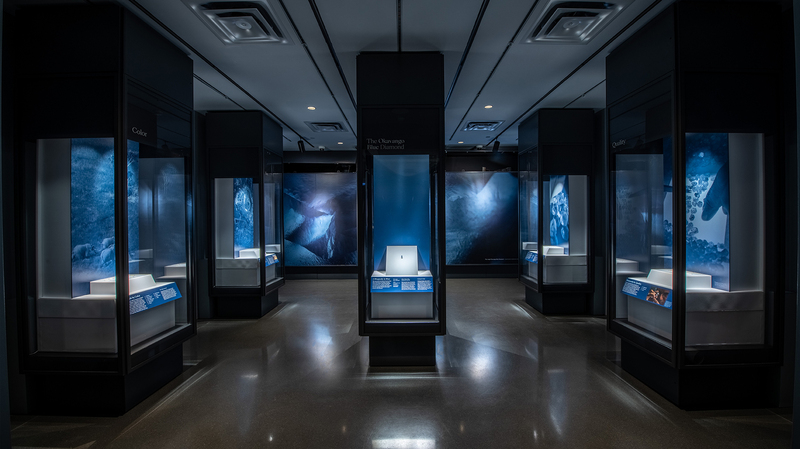
BlueRock Diamonds is in talks to receive financial help after operations at its Kareevlei mine in South Africa paused due to a possible safety breach.
“The suspension has impacted near-term cash-flow expectations, exacerbated by the fact that there is no planned diamond tender in Kimberley [in South Africa] in December,” BlueRock said last week. “The company is assessing how best to meet its working capital needs over this period.”
The miner is considering funding its December production through its existing relationship with Delgatto Diamond Finance, it explained.
While mining is on hold, meaning BlueRock cannot source any new production, it is currently processing ore stocks that built up before the rainy season began, management noted. The company still expects to meet its outlook of 22,000 to 26,000 carats for the full year, but believes output will be toward the lower end of that.
Last week, the Department of Mineral Resources and Energy (DMRE) visited the site and issued a notice under Section 54 of the Mine Health and Safety Act, which enables inspectors to call for the suspension of mine operations if they identify possible danger.
“The company remains in discussion with the DMRE in relation to the issues raised regarding BlueRock’s mining activities that remain suspended, and hopes to resolve these in the near future,” BlueRock added.
Source: DCLA





